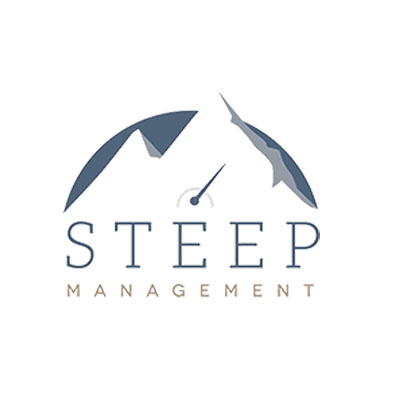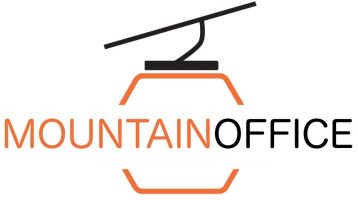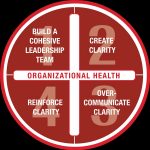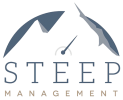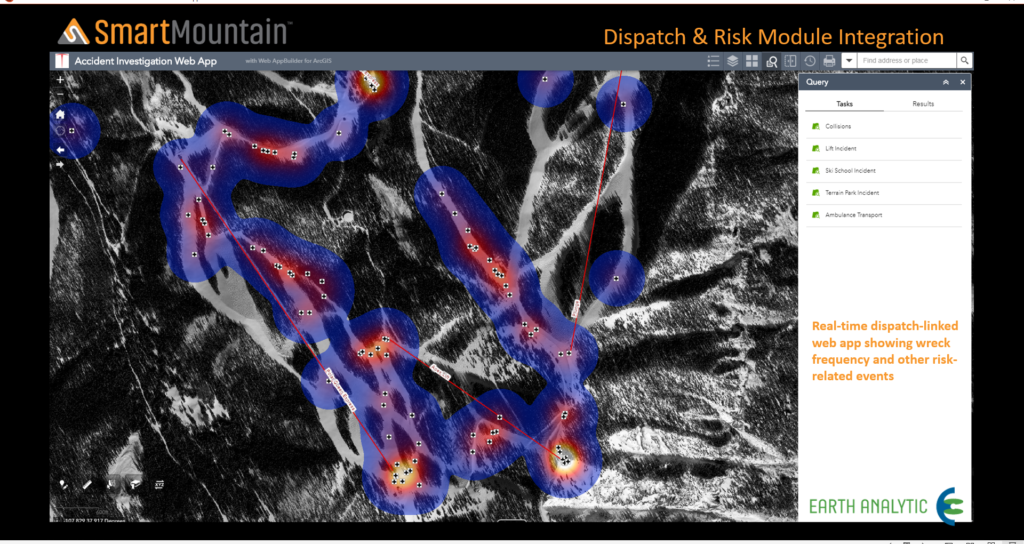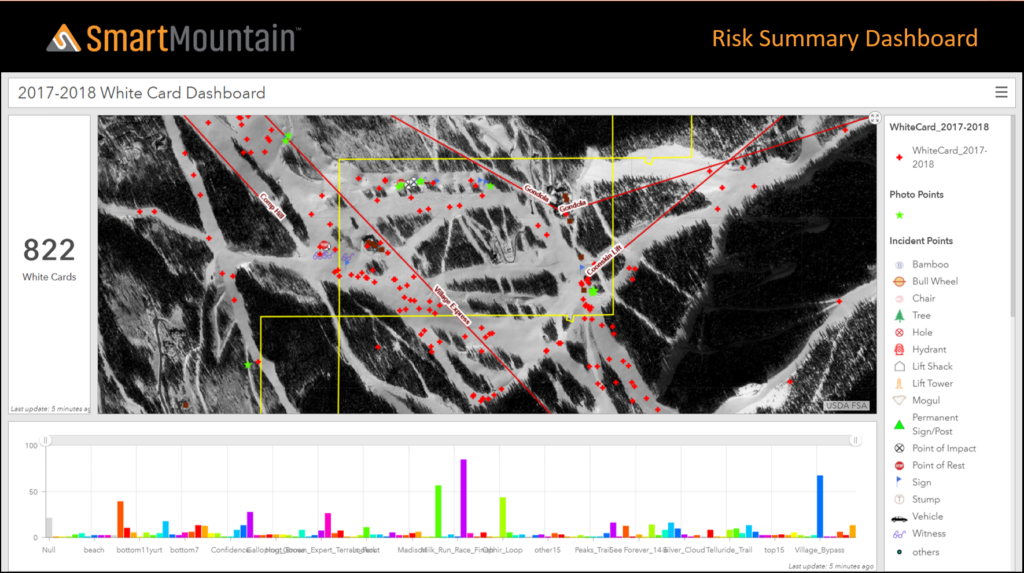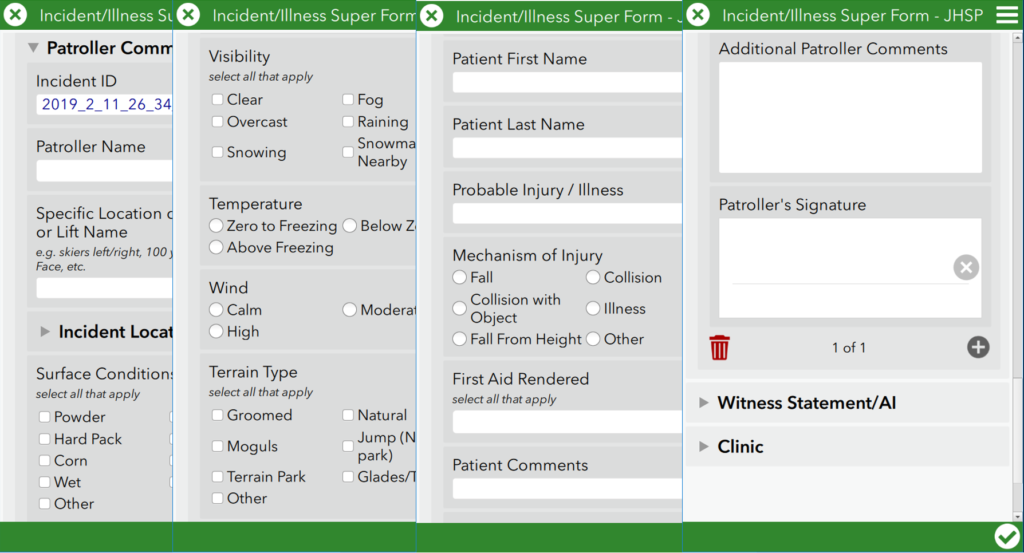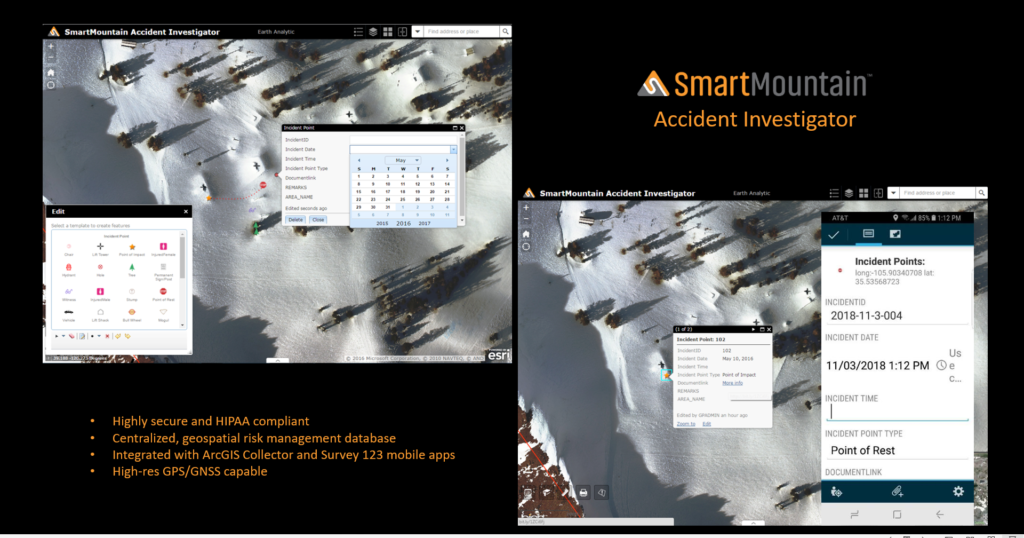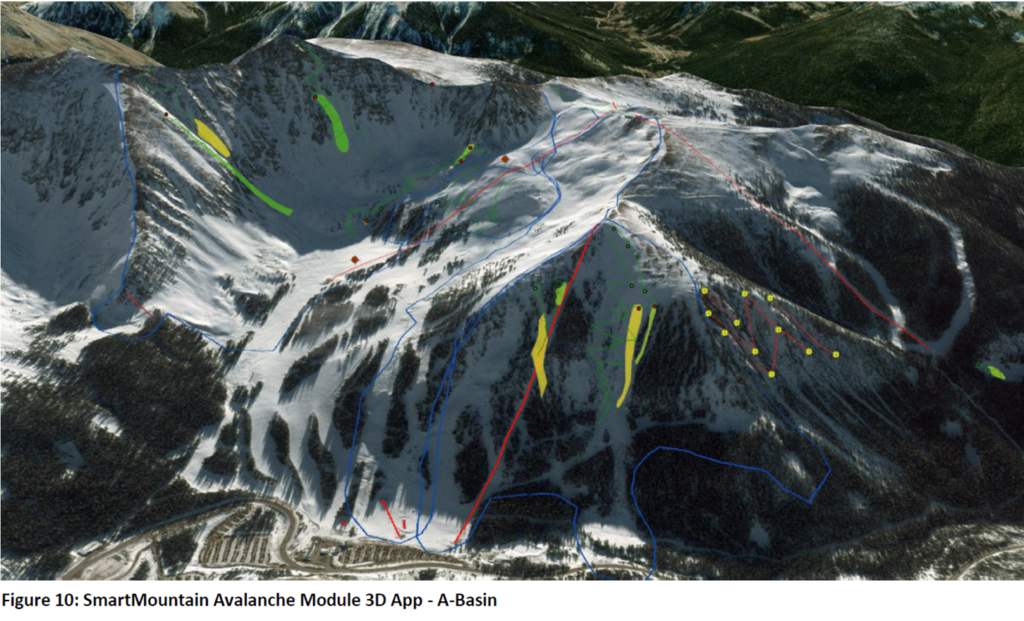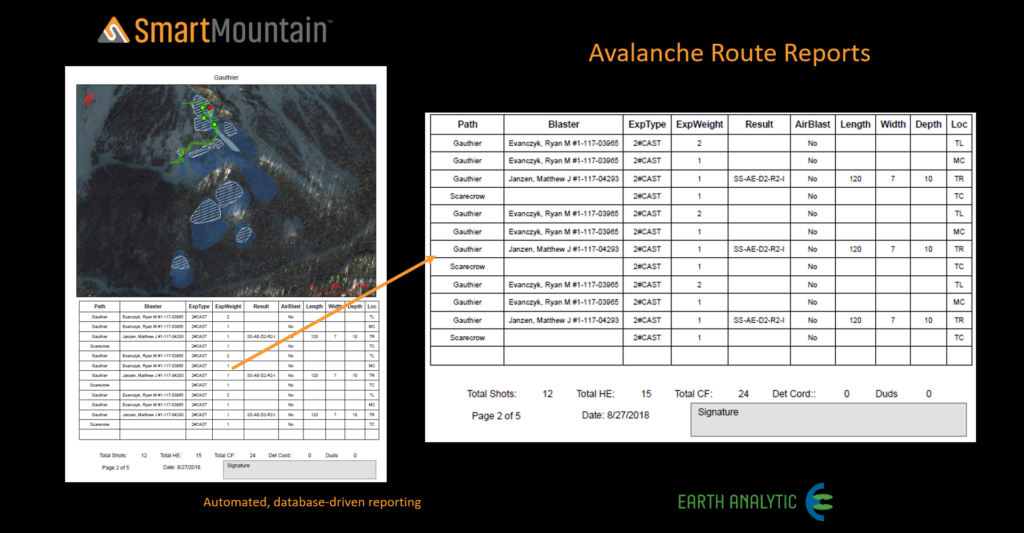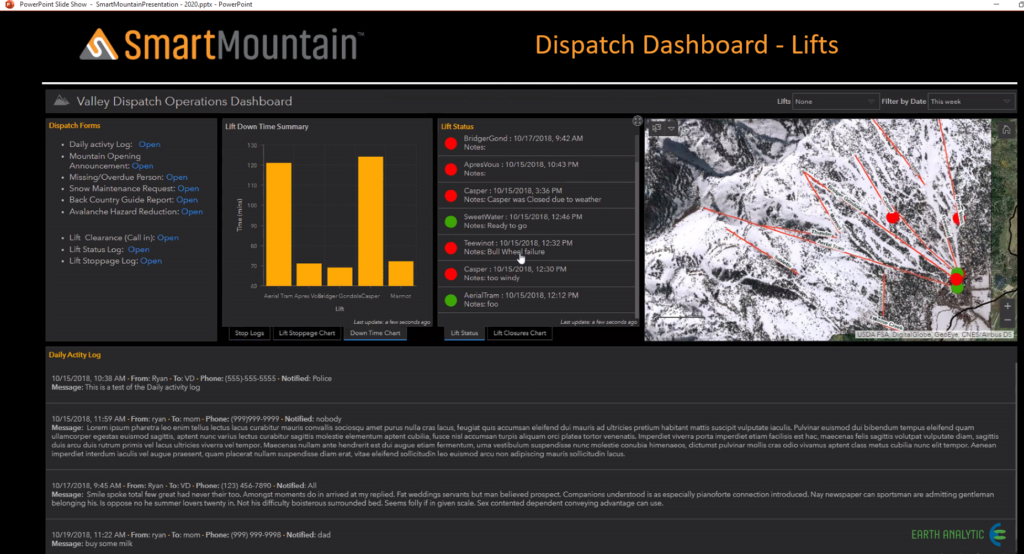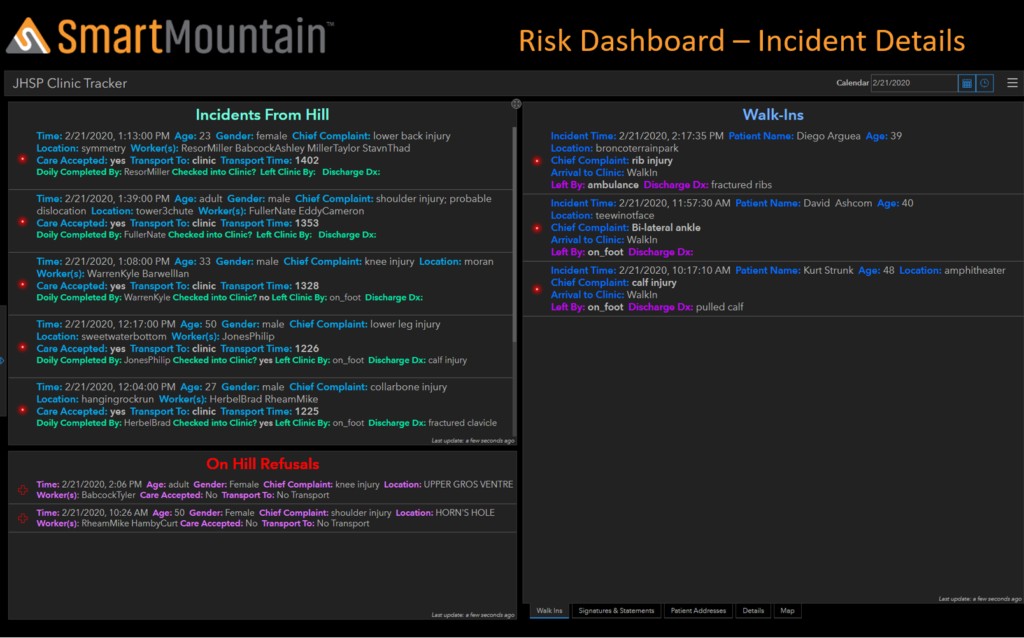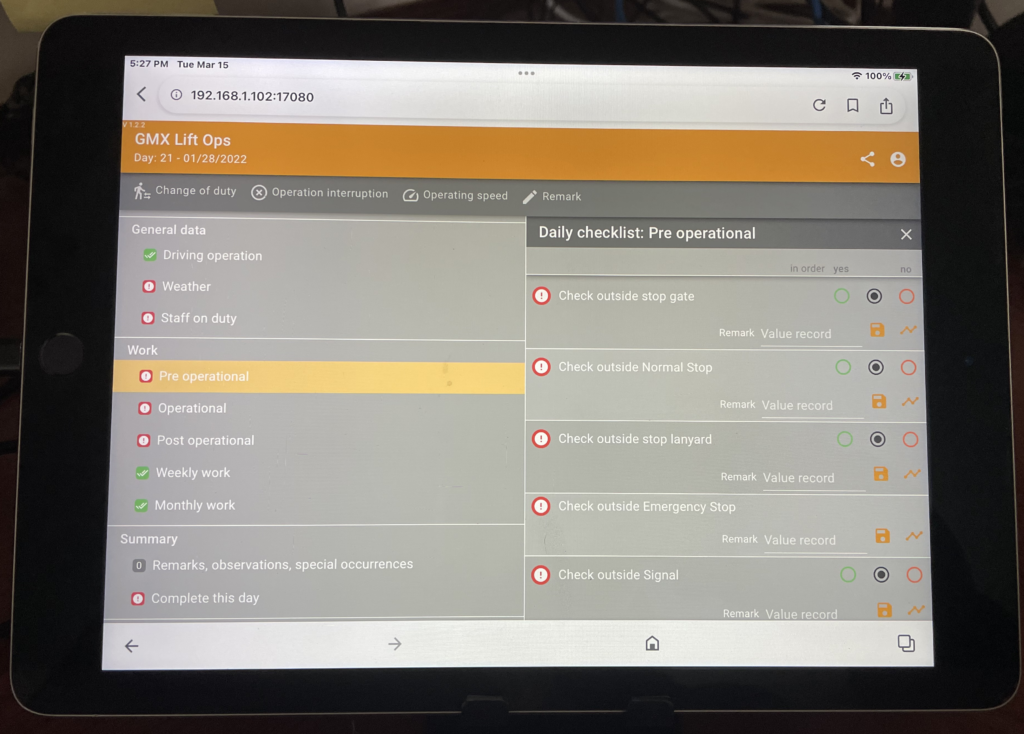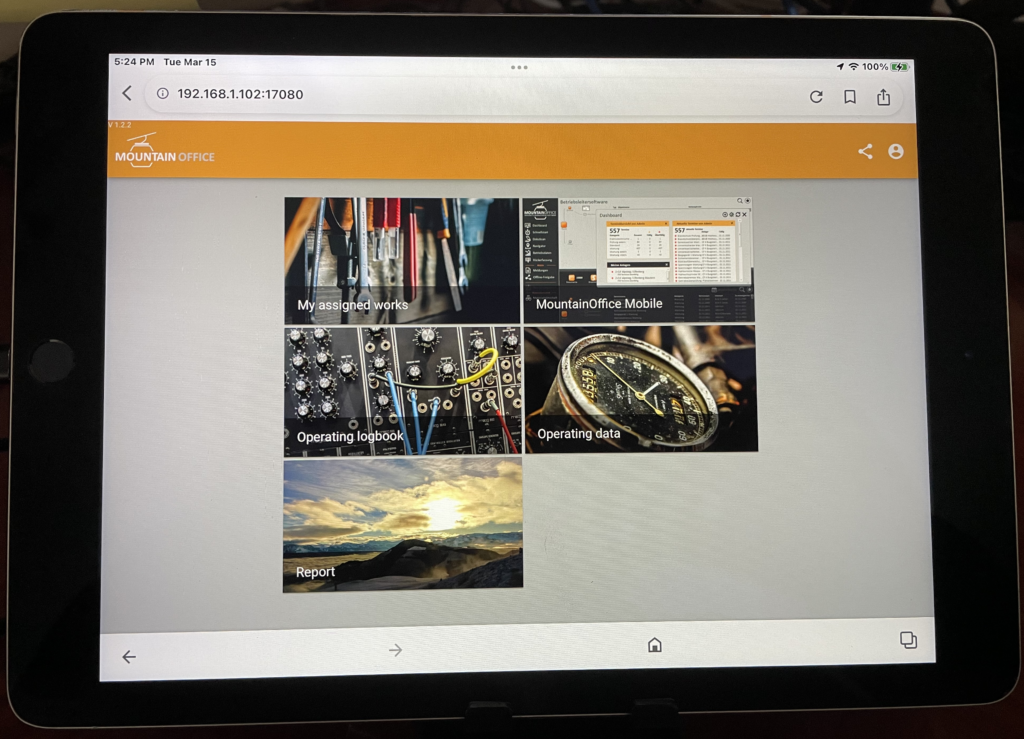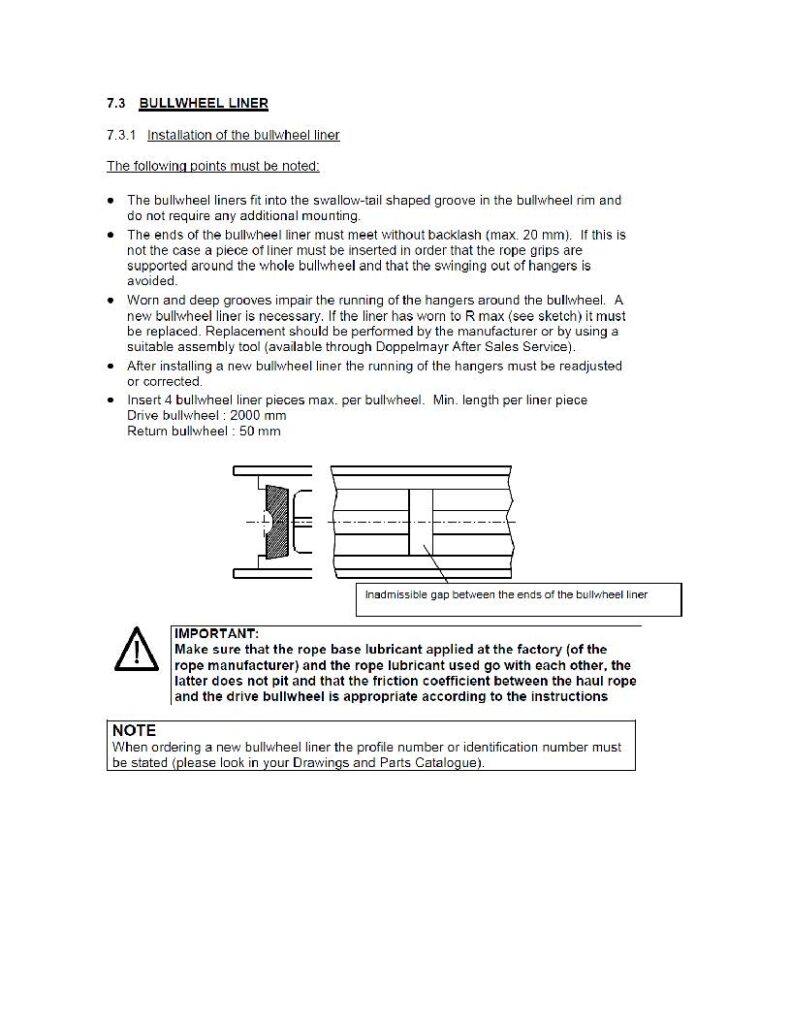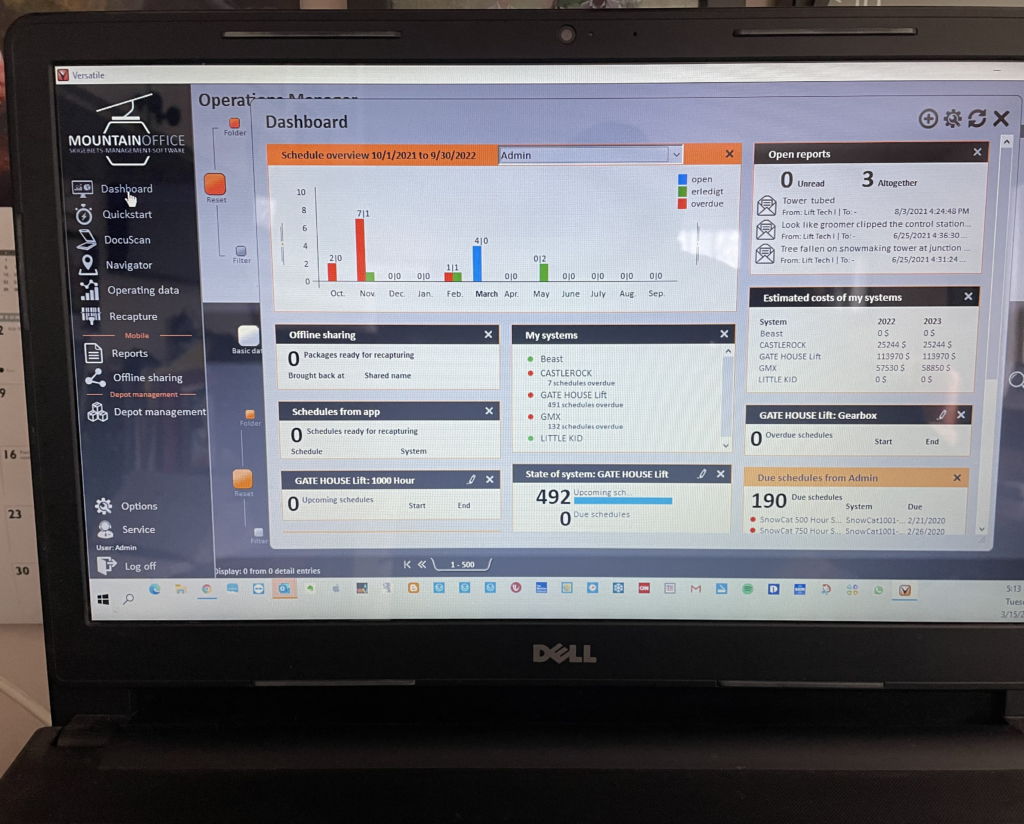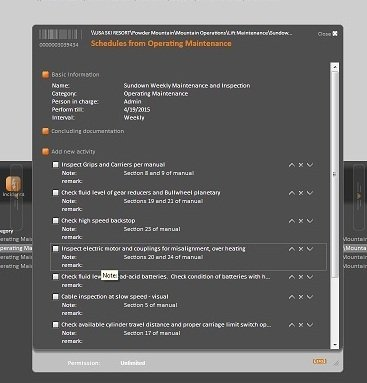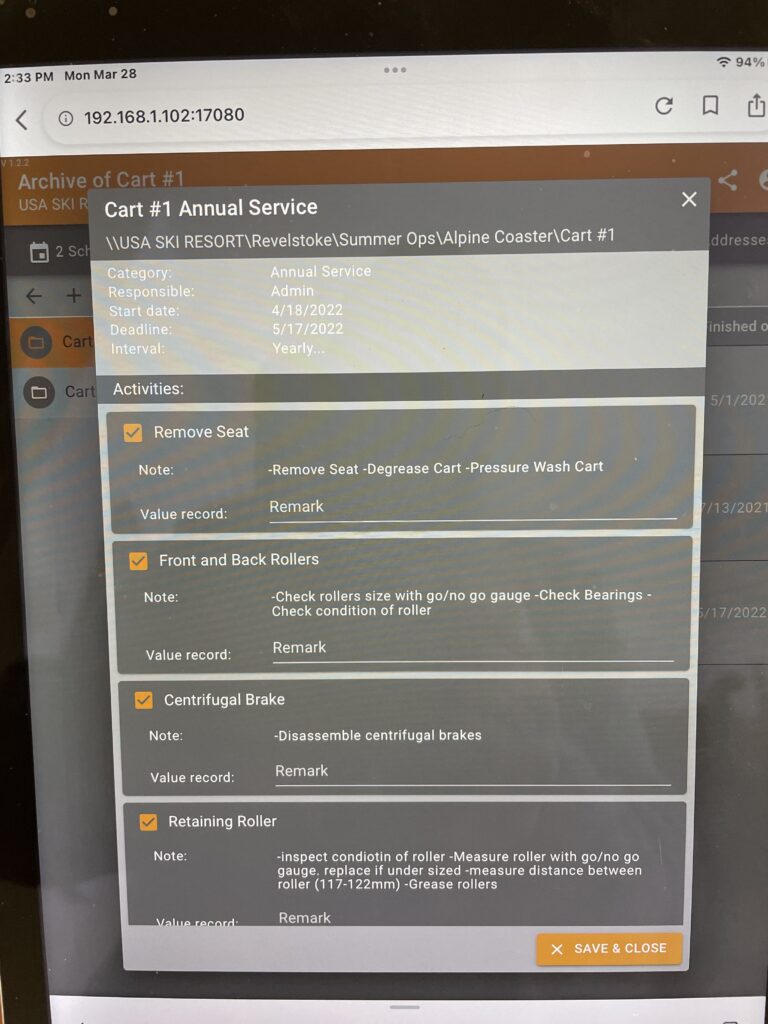
The title sounds sort of like a title for a fictional novel, but unfortunately, it is not. Many operational silos exist within many ski areas. An operational silo is a vertically thinking organization such as mountain operations, even departments within mountain operations, or food and beverage, ski school, marketing, and accounting, to name some examples. Silos are not unique to the ski industry. Silos exist in most organizations. It takes an influential culture and leadership to keep silos at bay.
There is a very relevant article in the Summer issue of HBR, Cross-Silo Leadership, relating to this subject by Tiziana Casciaro, Amy C. Edmondson, and Sujin Jang. As I have done in previous posts, I will paraphrase this article as if written for the ski industry.
Which relationships get prioritized in your day to day job? This question asked of managers and executives around the world. The response we get is almost always the same: vertical relationships. But when we ask, “Which relationships are most important for creating value for customers?” the answers flip, horizontal relationships. The value of horizontal relationships is highly recognized but very difficult to implement. The classic line relating to this is: “You know you should swim farther to catch a bigger fish, but it is a lot easier to swim in your pond and catch a bunch of small fish.”
When recognition of the silos and the consequences of these silos are daylighted, a common approach by management is to try and reorganize the structure of the ski area’s management and departments. I can attest this is not as easy as it seems and isn’t the best solution. Often there are new issues that the new organization creates. Any change in organization does not fix leadership or people’s behavior.
The HBR article identifies four practices that will enable leadership to help staff think differently about how to see things horizontally and engage those outside their silo. These four practices demand leadership and coaching from management. There is no shortcut.
#1 Develop and Deploy Cultural Brokers – meaning cross-trained staff
Yes, there is evidence of ski areas moving people horizontally to broaden their horizons, but I’d speculate it is limited. The success that comes to mind is Vail Resorts. If you look at Vail Resorts GM’s, most have reasonably varied experience. I am not saying Vail Resorts doesn’t have silos, I actually have no idea whether they do or don’t, but they are moving people horizontally across different skill sets.
Having staff that can interact with experience knowledge say with Food & Beverage from Ski School can undoubtedly make the kid’s program’s lunches much tasty shall we say. Rather than having a ski school manager barking at a F&B manager saying we allotted $8/ kid’s lesson for meals and the food sucks, wouldn’t it be better if someone in ski school understood the processes and challenges of F&B in delivering a tasty lunch?
A lot of the tension that creates silos comes from the lack of bandwidth in a department that needs input from another area to take the next step or develop the next program. Let’s say ski school, and I’m not picking on ski schools, needs some terrain alteration in a beginner area, and they reach out to Mountain Ops, say the grooming supervisor. The grooming supervisor is short on time; the grooming plan is out for the night, this request is not on it, and the request is not fully understood. NO terrain change happens. If there had been a cultural broker, someone who understood both working environments, the problem probably could have been resolved by a diplomatic explanation coming from ski school and this gives us segway into the next practice, asking the right question(s).
So management has to develop a cross-training staff development plan and implement a coaching mentality that advances thinking that is diplomatic when going outside the department and asking the right questions.
#2 Encourage People to Ask the Right Questions
Asking questions is vital to an organization. Questions can have a stunning effect. They prompts others to ask questions and learn. Asking questions brings out humility, a trait that is useful in bringing people together.
We must also realize that there must be unbiased listening. If questions are just asked to be polite or gain someone’s confidence, then you’re not listening, and there is no gain at all. To reinforce the fact that you are listening repeat back what the person has said to you and ask more open-ended questions to encourage a deeper dive into the subject.
Let’s say marketing has a request into mountain ops for an event, which is new and somewhat high risk. Marketing conveys the needs to mountain ops but not in much detail, leaving some important facts out. Mountain ops proposes a meeting to more fully understand the request. The questions that mountain ops asks will be critical to mountain ops gaining the correct information to have a successful collaborative event.
Asking questions is like mining for information but we have to thoughtful in how we ask a question. We want to respectful but we also want to gain insight that is why the right question is important.
#3 Get People to See the World Through Others’ Eyes
As we cross-train and ask better questions, we will begin to automatically see things through other eyes. But, what happens when we haven’t cross-trained in an area, not asked any questions, and we need to collaborate on a project?
People in lift maintenance or patrol don’t see things the same as marketing or accounting. Each perspective is valid, but they most likely are different. Being able to see things from a marketing perspective enables the lift mechanic to understand better where that person is coming from and potentially collaborate with that person in solving a problem or completing a project.
Something I have seen work is having cross-silo dialogues on a somewhat regular basis. Sometimes these turn into bitch sessions, but the frustrations come out, questions are asked, and solutions developed that bring people together. The most vivid example that comes to mind is the sales department was selling group multi-program deals, tickets, ski lessons, rental and a meal. The sales team often didn’t communicate the details to all the departments involved, make arrangements for payment and assisting in greeting the group when it arrived. The way the problem was solved was to put a team together of individuals from each department with instruction to develop and document a process which corrected all the issues identified and worked with the systems in place. The team members were seeing the problem through other people’s eyes. Then, working together to put in place a process that met all of the team’s needs.
#4 Broaden Your Employees’ Vision
This a challenge for ski areas as many of our seasonal staff don’t have the opportunity to network or visit other ski areas. For year-round staff, trade shows often help. However, within the resort itself, encouraging staff to look beyond their department begins to allow people to see things through other’s eyes and give staff a broader perspective.
The value of staff to have a perspective that is developed outside the ski resort industry can be very helpful. There are many situations, processes and systems used by other industries that have application within the ski resort industry. Having awareness of how others do things is very helpful in developing a spirit of horizontal collaboration.
For me I found that enabling the successful flow of communication throughout the ski area was one of the biggest challenges for achieving success. Information seemed always to be communicated vertically but not so well horizontally. The guest is the one who suffered from that breakdown in communication. Silos make no positive contribution to your operation. They will organically exist unless there is leadership and coaching to avert their existence.
